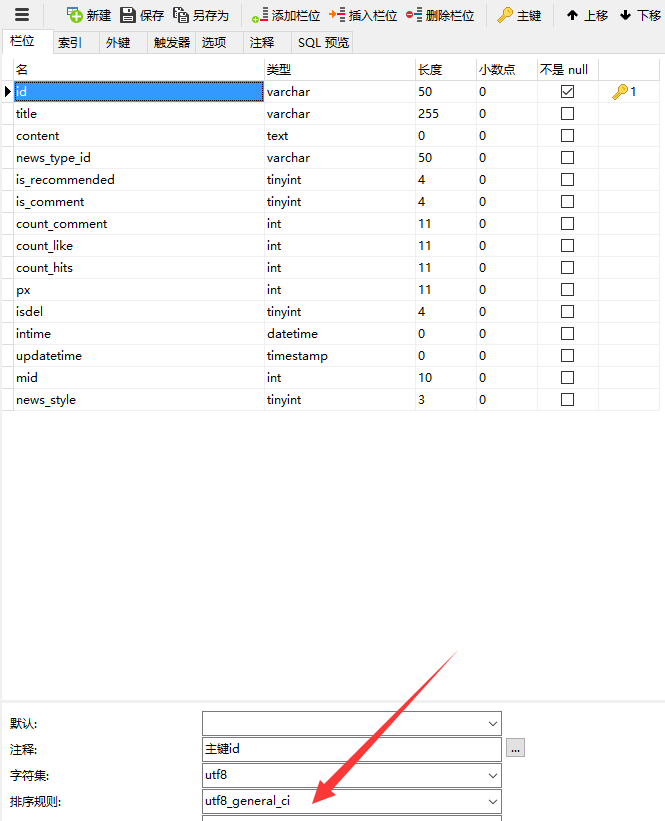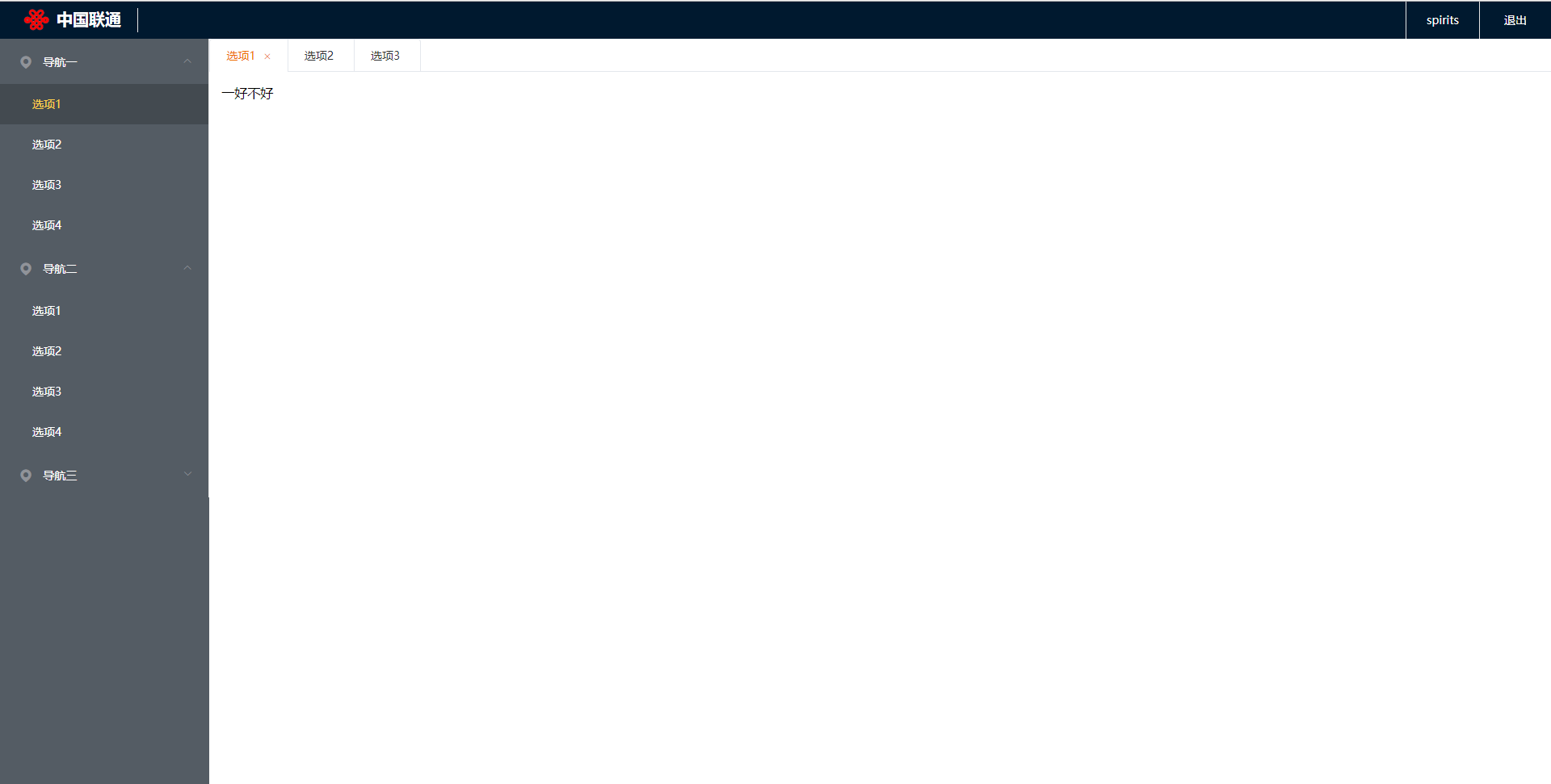import matplotlibmatplotlib.use('Agg')import argparse,time,loggingimport mxnet as mximport numpy as npfrom mxnet import gluon,ndfrom mxnet.gluon import nnfrom mxnet.gluon.data.vision import transformsfrom gluoncv.data import imagenetfrom gluoncv.utils import makedirs, TrainingHistoryimport osfrom mxnet.context import cpufrom mxnet.gluon.block import HybridBlockfrom mxnet.gluon.contrib.nn import HybridConcurrentimport multiprocessingimport logginglogging.basicConfig(level=logging.INFO)##This block contains definition for Mobilenet v2# Helpersclass RELU6(nn.HybridBlock): """Relu6 used in MobileNetV2.""" def __init__(self, **kwargs): super(RELU6, self).__init__(**kwargs) def hybrid_forward(self, F, x): return F.clip(x, 0, 6, name="relu6")def _add_conv(out, channels=1, kernel=1, stride=1, pad=0, num_group=1, active=True, relu6=False): out.add(nn.Conv2D(channels, kernel, stride, pad, groups=num_group, use_bias=False)) out.add(nn.BatchNorm(scale=True)) if active: out.add(RELU6() if relu6 else nn.Activation('relu'))def _add_conv_dw(out, dw_channels, channels, stride, relu6=False): _add_conv(out, channels=dw_channels, kernel=3, stride=stride, pad=1, num_group=dw_channels, relu6=relu6) _add_conv(out, channels=channels, relu6=relu6)class LinearBottleneck(nn.HybridBlock): r"""LinearBottleneck used in MobileNetV2 model from the `"Inverted Residuals and Linear Bottlenecks: Mobile Networks for Classification, Detection and Segmentation" <https://arxiv.org/abs/1801.04381>`_ paper. Parameters ---------- in_channels : int Number of input channels. channels : int Number of output channels. t : int Layer expansion ratio. stride : int stride """ def __init__(self, in_channels, channels, t, stride, **kwargs): super(LinearBottleneck, self).__init__(**kwargs) self.use_shortcut = stride == 1 and in_channels == channels with self.name_scope(): self.out = nn.HybridSequential() _add_conv(self.out, in_channels * t, relu6=True) _add_conv(self.out, in_channels * t, kernel=3, stride=stride, pad=1, num_group=in_channels * t, relu6=True) _add_conv(self.out, channels, active=False, relu6=True) def hybrid_forward(self, F, x): out = self.out(x) if self.use_shortcut: out = F.elemwise_add(out, x) return out# Netclass MobileNetV2(nn.HybridBlock): r"""MobileNetV2 model from the `"Inverted Residuals and Linear Bottlenecks: Mobile Networks for Classification, Detection and Segmentation" <https://arxiv.org/abs/1801.04381>`_ paper. Parameters ---------- multiplier : float, default 1.0 The width multiplier for controling the model size. The actual number of channels is equal to the original channel size multiplied by this multiplier. classes : int, default 1000 Number of classes for the output layer. """ def __init__(self, multiplier=1.0, classes=1000, **kwargs): super(MobileNetV2, self).__init__(**kwargs) with self.name_scope(): self.features = nn.HybridSequential(prefix='features_') with self.features.name_scope(): _add_conv(self.features, int(32 * multiplier), kernel=3, stride=2, pad=1, relu6=True) in_channels_group = [int(x * multiplier) for x in [32] + [16] + [24] * 2 + [32] * 3 + [64] * 4 + [96] * 3 + [160] * 3] channels_group = [int(x * multiplier) for x in [16] + [24] * 2 + [32] * 3 + [64] * 4 + [96] * 3 + [160] * 3 + [320]] ts = [1] + [6] * 16 strides = [1, 2] * 2 + [1, 1, 2] + [1] * 6 + [2] + [1] * 3 for in_c, c, t, s in zip(in_channels_group, channels_group, ts, strides): self.features.add(LinearBottleneck(in_channels=in_c, channels=c, t=t, stride=s)) last_channels = int(1280 * multiplier) if multiplier > 1.0 else 1280 _add_conv(self.features, last_channels, relu6=True) self.features.add(nn.GlobalAvgPool2D()) self.output = nn.HybridSequential(prefix='output_') with self.output.name_scope(): self.output.add( nn.Conv2D(classes, 1, use_bias=False, prefix='pred_'), nn.Flatten() ) def hybrid_forward(self, F, x): x = self.features(x) x = self.output(x) return x# Constructordef get_mobilenet_v2(multiplier, **kwargs): r"""MobileNetV2 model from the `"Inverted Residuals and Linear Bottlenecks: Mobile Networks for Classification, Detection and Segmentation" <https://arxiv.org/abs/1801.04381>`_ paper. Parameters ---------- multiplier : float The width multiplier for controling the model size. Only multipliers that are no less than 0.25 are supported. The actual number of channels is equal to the original channel size multiplied by this multiplier. """ net = MobileNetV2(multiplier, **kwargs) return netdef mobilenet_v2_1_0(**kwargs): r"""MobileNetV2 model from the `"Inverted Residuals and Linear Bottlenecks: Mobile Networks for Classification, Detection and Segmentation" <https://arxiv.org/abs/1801.04381>`_ paper. """ return get_mobilenet_v2(1.0, **kwargs)def mobilenet_v2_0_5(**kwargs): r"""MobileNetV2 model from the `"Inverted Residuals and Linear Bottlenecks: Mobile Networks for Classification, Detection and Segmentation" <https://arxiv.org/abs/1801.04381>`_ paper. """ return get_mobilenet_v2(0.5, **kwargs)models = { 'mobilenetv2_1.0': mobilenet_v2_1_0, 'mobilenetv2_0.5': mobilenet_v2_0_5 }kwargs={'classes':1000}# Retireve gluon modelnet = models['mobilenetv2_1.0'](**kwargs)ctx = mx.cpu(0)net.hybridize()net.initialize(mx.init.MSRAPrelu(), ctx=ctx)# 可视化网络x = mx.sym.var('data')sym = net(x)mx.viz.plot_network(sym,node_attrs={"shape":'oval',"fixedsize":'false'}).view() #pycharm使用必须加view()



































还没有评论,来说两句吧...